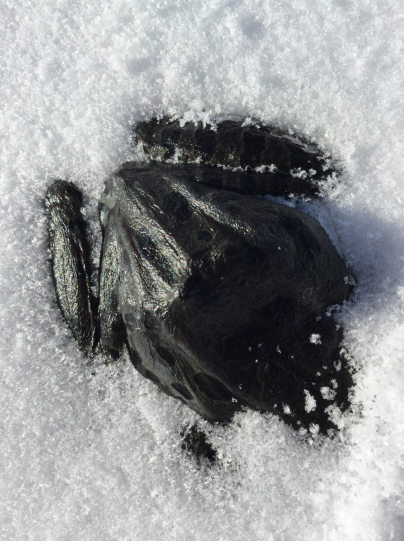At Risk | New wave of infection kills amphibians around world

A fungus called Chytridiomycosis is spreading to amphibians around the world, and it is leading to a massive dieoff that so far seems to have no end in sight.
If I had to select one thing and say, “This is what will irreparably damage biodiversity. This is it,” I wouldn’t choose skin fungus, but that’s exactly what’s killing hundreds of amphibian species. Chytridiomycosis is an infection that has spread to amphibians all over the world, leading to what has been dubbed the “amphibian apocalypse.
Chytrid is a type of fungus of which there are nearly 1,000 different species. The specific type of chytrid currently ravaging amphibians is called Batrachochytrium dendrobatidis (Bd), and it was discovered in 1999. It translates, literally, to “frog chytrid,” and it can spread quickly and reach every single one of the 6,000-ish species of amphibians on the planet.
Infection by Bd occurs in the skin cells, specifically those containing keratin, and causes the skin to thicken. This is especially deadly for amphibians because many species use their skin to drink water and absorb nutrients. Some species are lungless and use their skin to breathe.
Even the few amphibian species that are resistant to the infection can still carry it to other amphibian species. Bd can spread via direct contact, or on cages and boots of researchers and explorers, or when amphibians are bought and sold as pets.
So far, over 500 species have been affected, more than 90 of which are already extinct as a result. Forty percent of the affected species continue to decline.









You must be logged in to post a comment Login